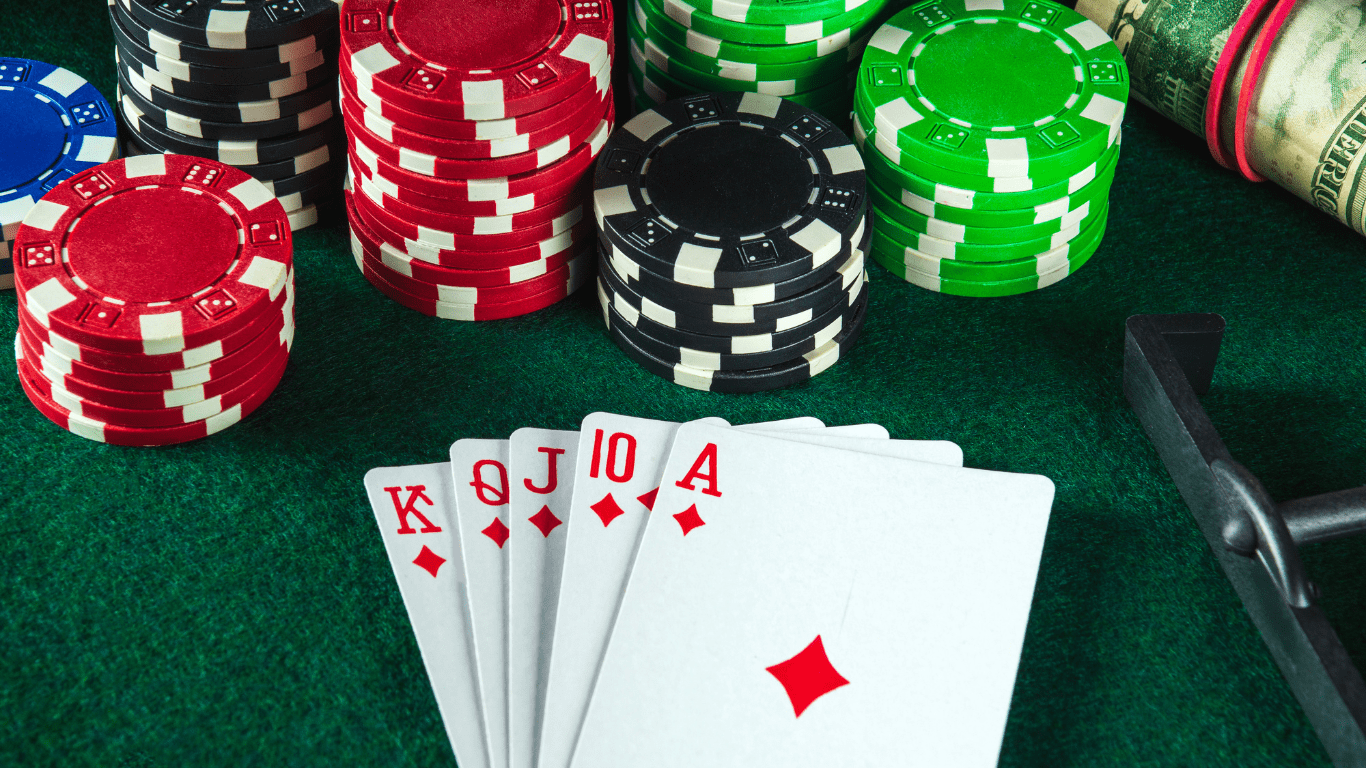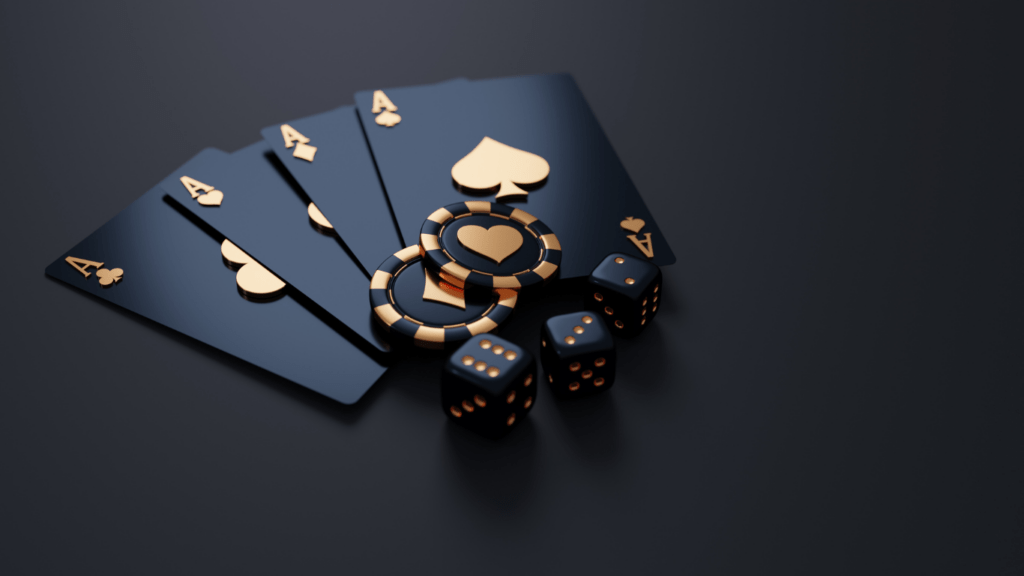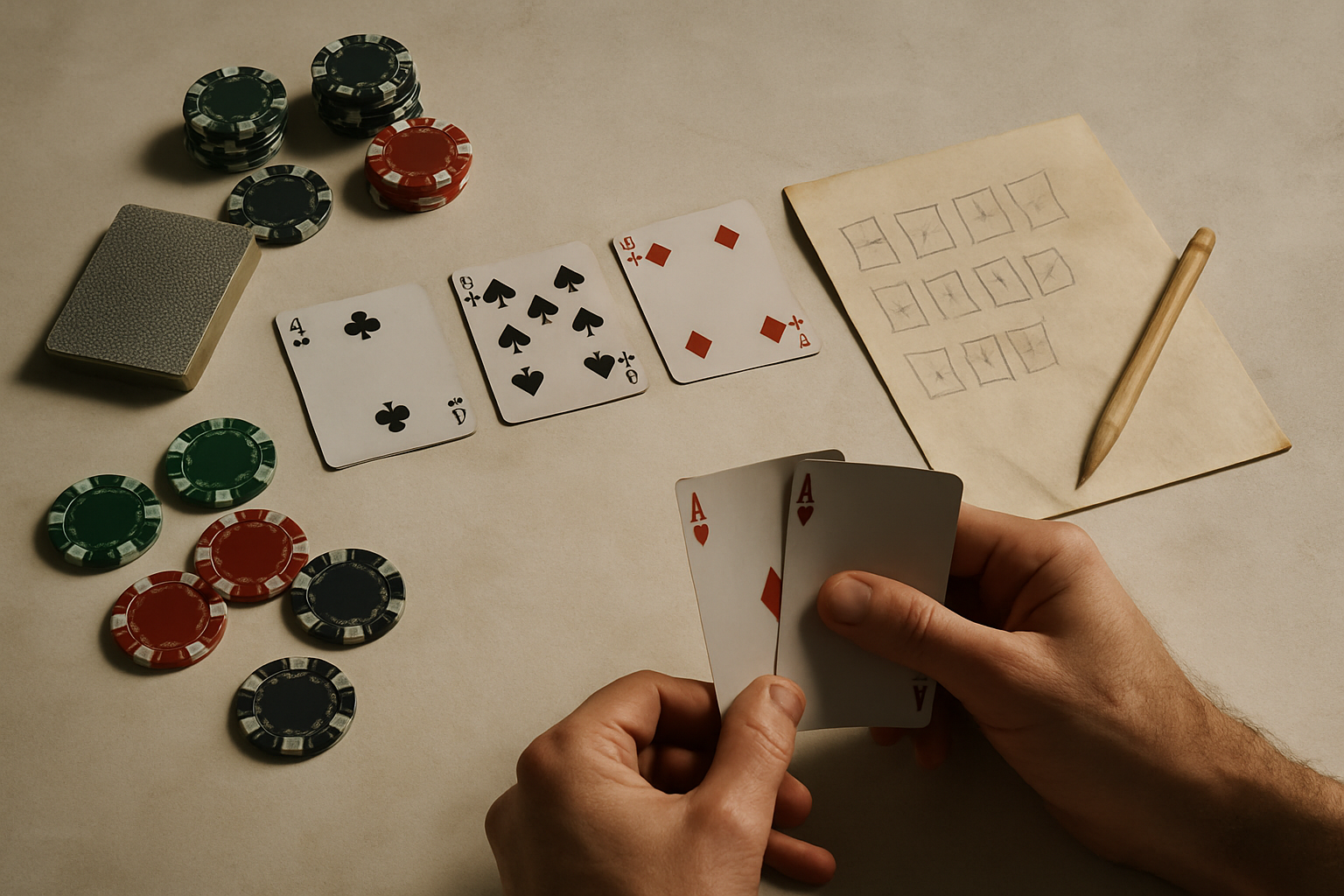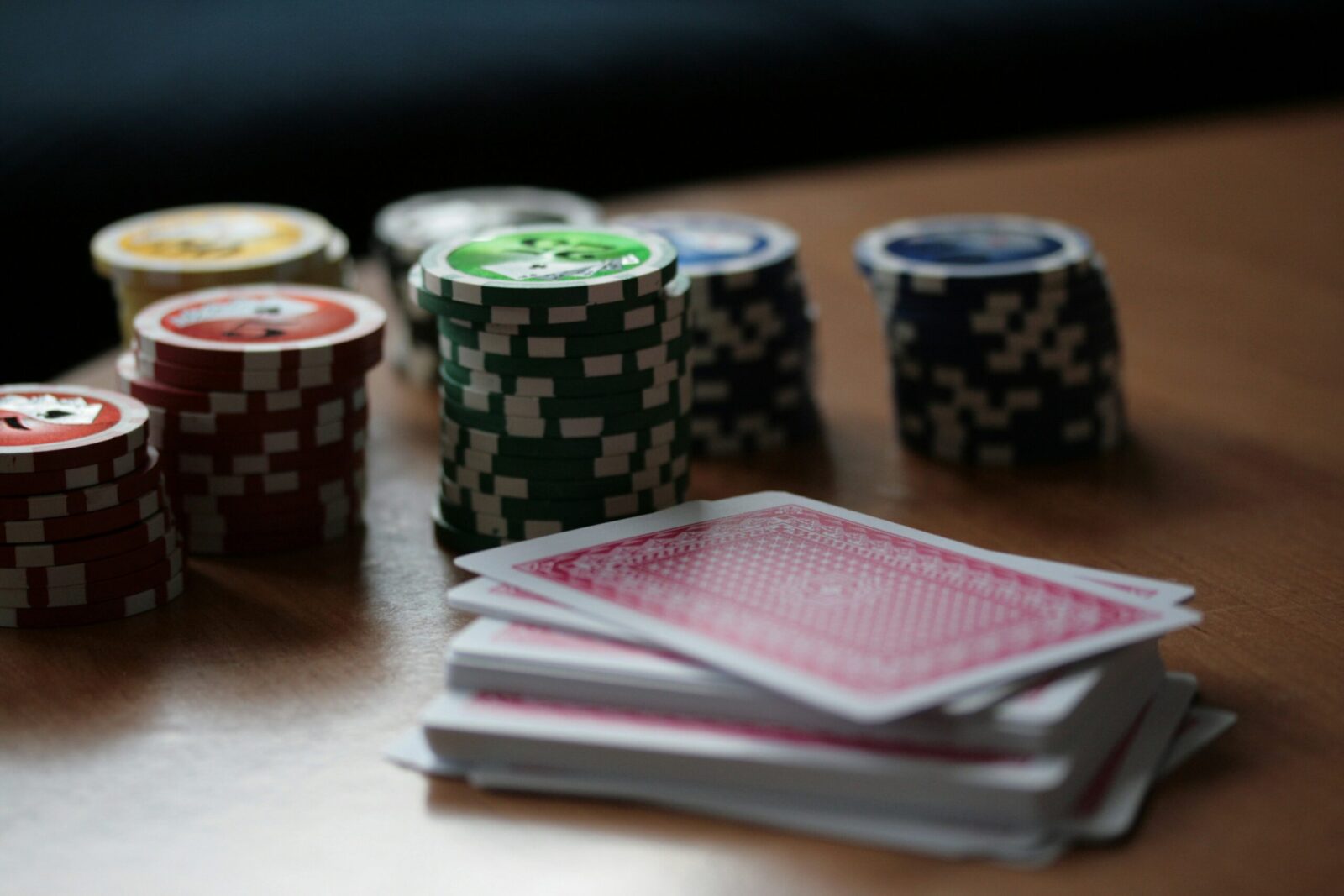As a seasoned poker player, I’ve learned that mastering the art of bluffing can be the difference between a winning hand and a losing one. Understanding when and how to effectively bluff in poker is a skill that can elevate your game to the next level.
In this article, I’ll delve into the intricacies of bluffing techniques, guiding you on the path to becoming a more strategic and unpredictable player at the table. Bluffing is not just about deception; it’s a calculated risk that requires careful observation of your opponents’ behavior and tendencies.
Knowing the right moments to bluff and the various strategies to employ can give you a significant advantage in any poker game. Join me as we explore the nuances of bluffing in poker and uncover the secrets to using these techniques to your advantage.
Understanding Bluffing in Poker
Bluffing in poker is a fundamental strategy that can significantly impact the outcome of a game. It goes beyond mere deception; it involves astute observation of opponents and calculated decision-making based on the dynamics of the game.
To excel at bluffing, one must not only understand the fundamental principles but also be adept at reading opponents’ behavior and tendencies. This skillful blend of observation and strategic execution is what sets successful poker players apart.
Common Bluffing Techniques
Semi-Bluffing:
Semi-bluffing is when I have a drawing hand that’s not strong at the moment but has the potential to improve. It’s a strategic move where I bet or raise with this hand to give the impression that I already have a strong hand. If I get called, I still have a chance to win the pot by hitting my draw on future streets.
Pure Bluffing:
Pure bluffing is when I have a hand that has almost no chance of winning unless my opponents fold. It’s a high-risk, high-reward tactic where I confidently bet or raise without a strong hand in the hopes of making others believe I have a winning one. This technique requires a good understanding of opponents’ tendencies and the ability to bluff convincingly to succeed.
Factors to Consider Before Bluffing
Bluffing effectively in poker requires a deep understanding of various factors to increase the chances of success. Here are essential considerations before deciding to bluff.
Table Image
- Assessing Table Image: Understanding how opponents view my playing style whether tight, aggressive, or passive helps inform my bluffing strategy.
- Adjusting Bluff Frequency: By adapting my bluffing frequency based on my perceived table image, I can enhance the likelihood of successfully deceiving my opponents.
Betting Patterns
I pay close attention to the betting patterns of my opponents to identify potential bluffing opportunities. By observing how often they bet, raise, or fold in different situations, I can exploit patterns that reveal when they might be bluffing.
Understanding these patterns helps me make informed decisions when attempting a bluff.
Opponent’s Tendencies
Before executing a bluff, I assess my opponents’ tendencies at the table. By recognizing patterns in their behavior, such as how they react to aggression or the types of hands they showdown, I can tailor my bluffing strategy accordingly.
Adapting to each opponent’s tendencies increases the effectiveness of my bluffs and enhances my overall success in poker.
Reading Your Opponents
When analyzing a game of poker, reading your opponents is a critical aspect that can significantly impact your success at the table. Observing their behavior and tendencies allows you to make informed decisions and adjust your strategies accordingly.
By mastering the skill of reading your opponents, you can gain valuable insights that enhance your bluffing techniques and overall gameplay. Observation of opponents’ actions, such as their betting patterns, reactions, and body language, can provide valuable information about the strength of their hand.
Paying attention to how they bet in different situations can help you identify potential bluffing opportunities and adapt your game plan accordingly. Additionally, noting any deviations from their usual behavior can signal possible bluffs or strong hands, guiding your own decisions at the table.
Being able to interpret your opponents’ table image is crucial in determining how they perceive your playing style. Understanding whether they view you as a tight, aggressive, or passive player can influence how effective your bluffs will be.
Adjusting your strategies based on their perceptions can help you stay unpredictable and capitalize on bluffing opportunities when they arise. Moreover, observing the dynamics between opponents can reveal valuable information about their relationships and interactions at the table.
Recognizing who the dominant players are, who tends to fold easily, or who plays aggressively can inform your bluffing decisions and help you navigate the game more effectively. By reading your opponents and understanding their behavior, you can make strategic moves that increase your chances of success in poker.
Implementing Effective Bluffs
In implementing effective bluffs in poker, I leverage strategic deception and astute observation to gain an advantage over my opponents. By honing my bluffing skills, I enhance my ability to make calculated moves that keep my adversaries guessing and ultimately lead to successful outcomes in the game.
When implementing bluffs, I analyze my opponents’ behavior meticulously, looking for patterns in their actions that may reveal their hand strength or vulnerabilities. This keen observation allows me to tailor my bluffing strategies to exploit their tendencies and maximize the impact of my deception.
Additionally, I consider my table image carefully before executing a bluff. Understanding how my opponents perceive my playing style—whether they view me as tight, aggressive, or passive—helps me craft bluffs that are more likely to succeed. By aligning my bluffing approach with my table image, I create a more convincing narrative that enhances the effectiveness of my bluffs.
Moreover, I pay close attention to my opponents’ betting patterns, seeking out opportunities where I can capitalize on their potential weaknesses. By identifying moments when my adversaries are susceptible to bluffs based on their past actions, I can execute well-timed deceptions that catch them off guard and result in favorable outcomes for me.
Implementing effective bluffs in poker is a strategic art that combines deception, observation, and psychological insight. By mastering the skill of bluffing, I elevate my gameplay to a higher level, increasing my chances of success at the poker table.





